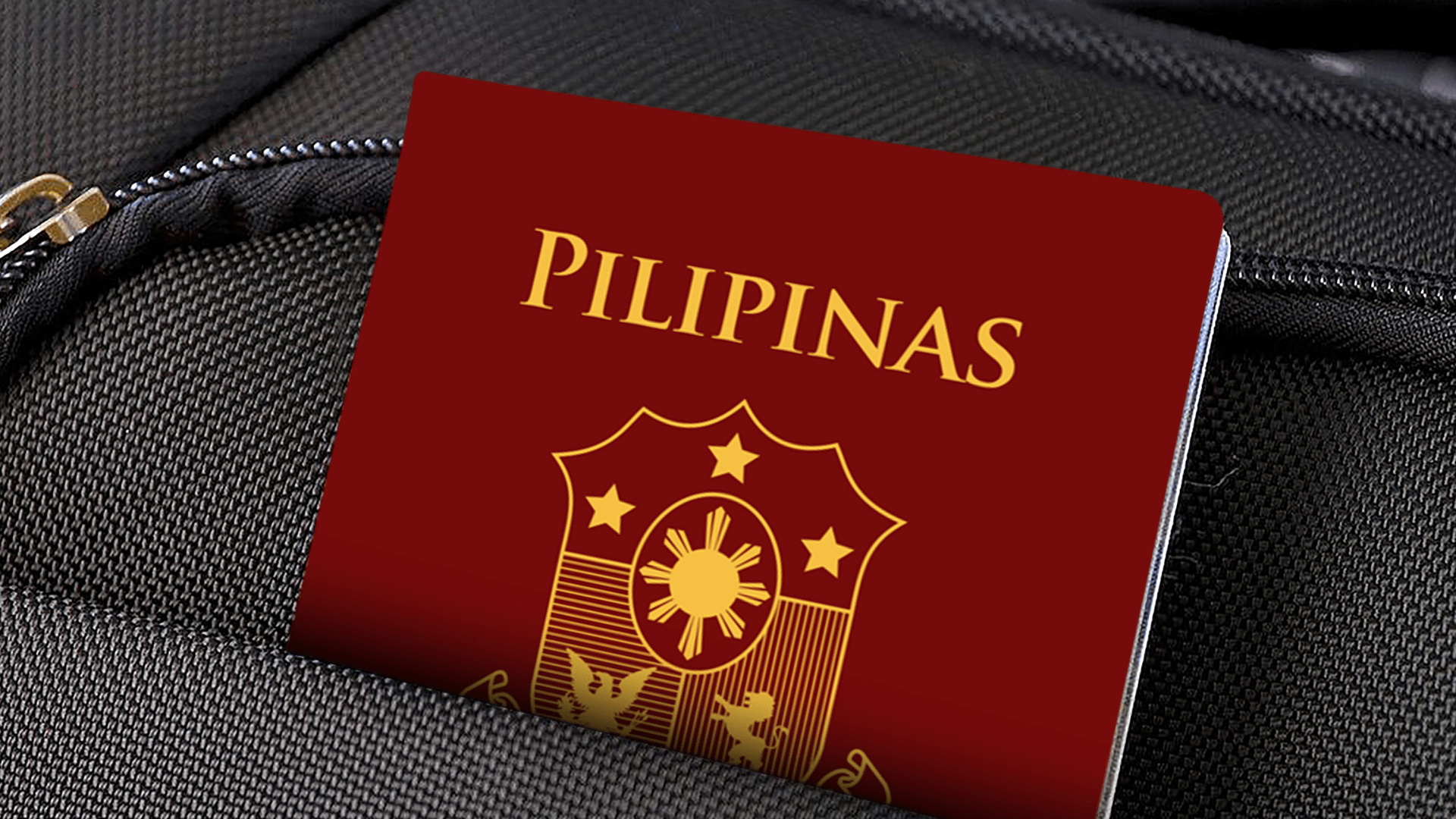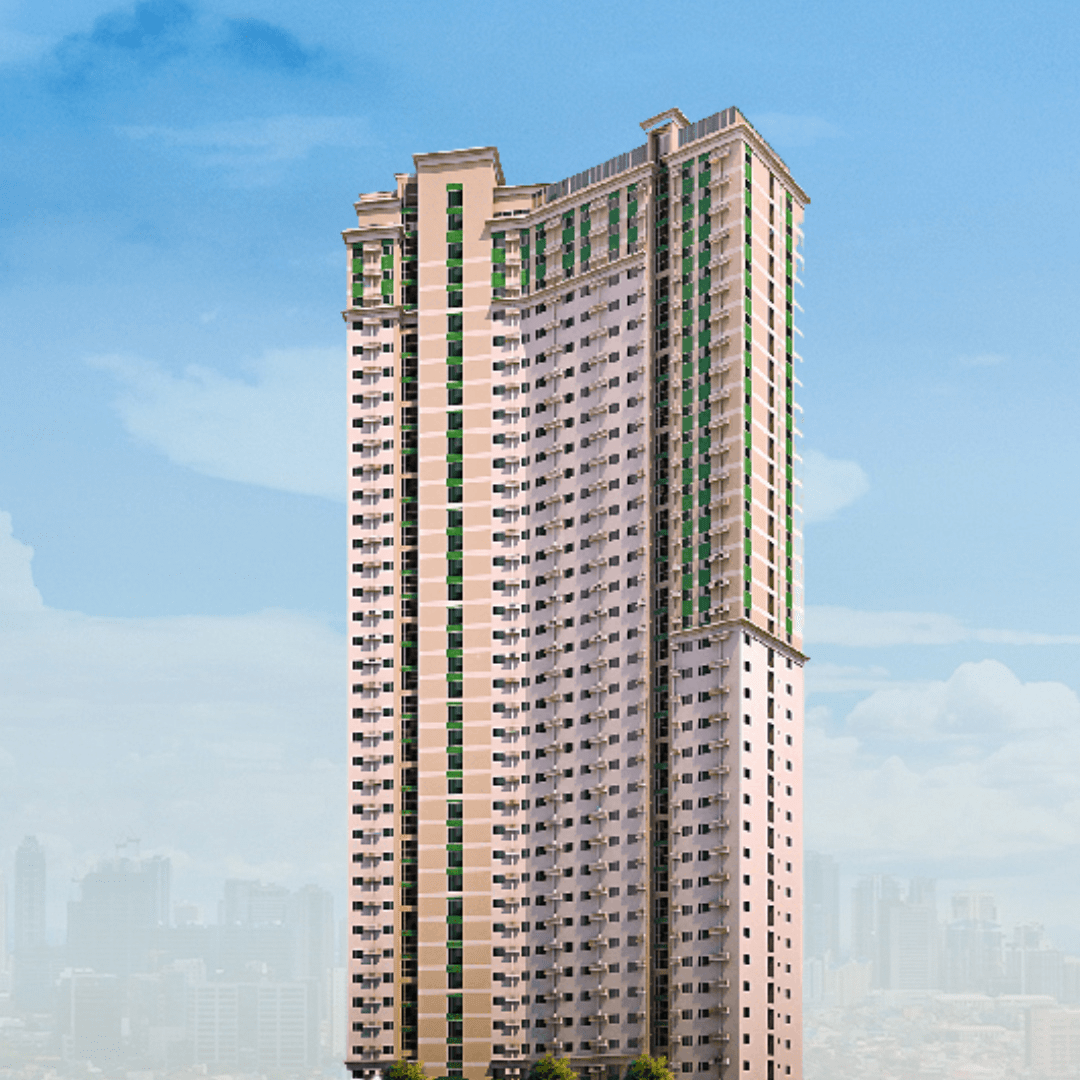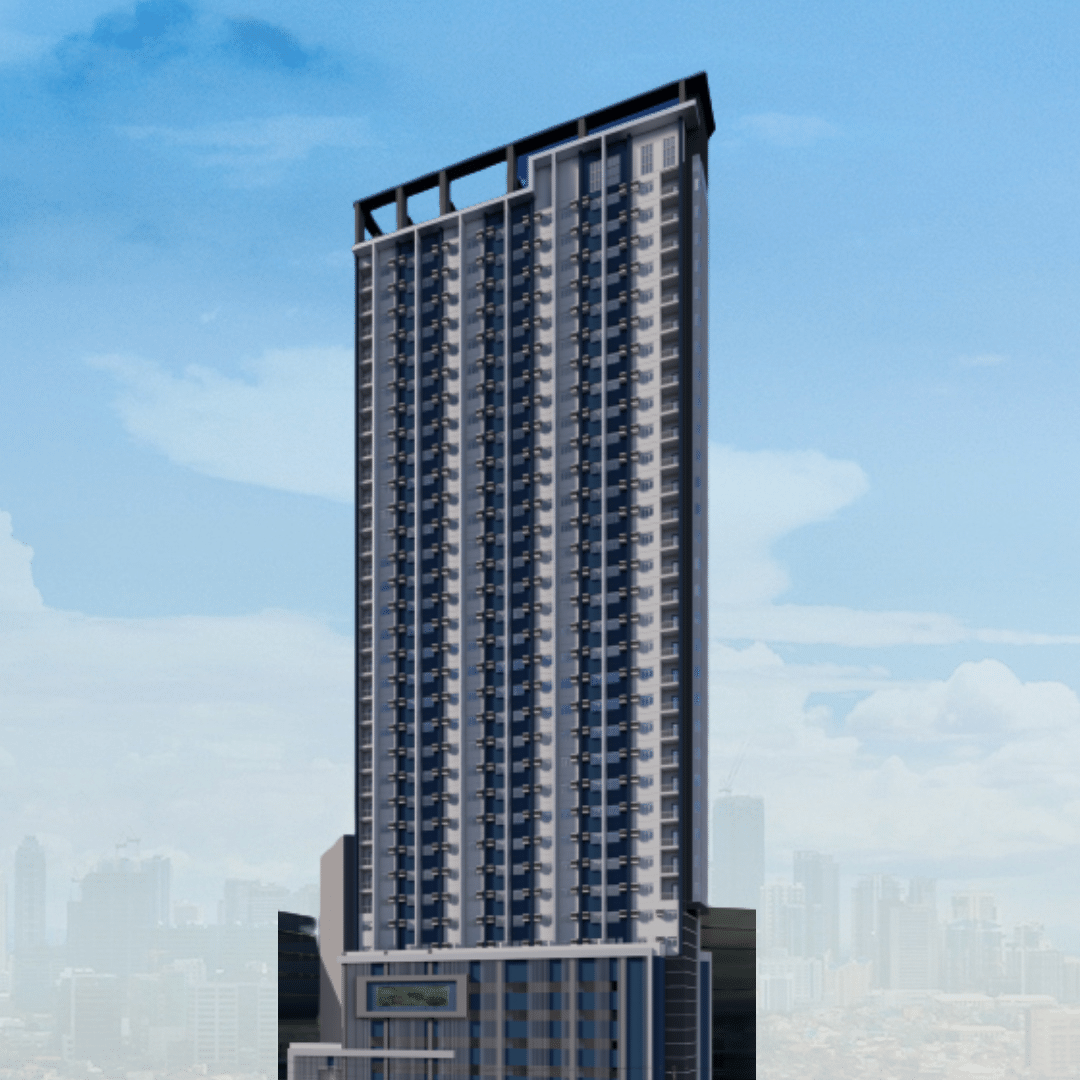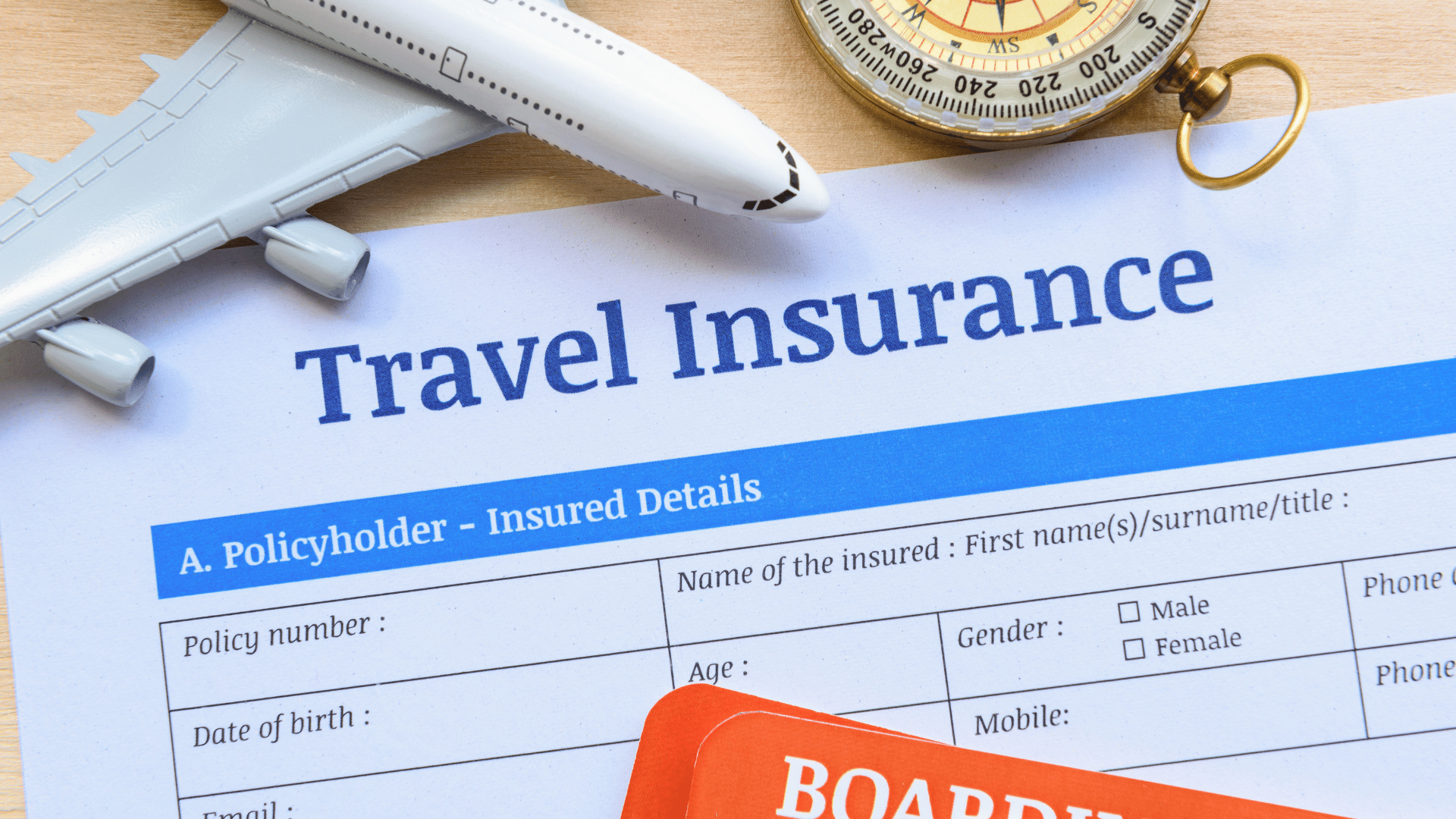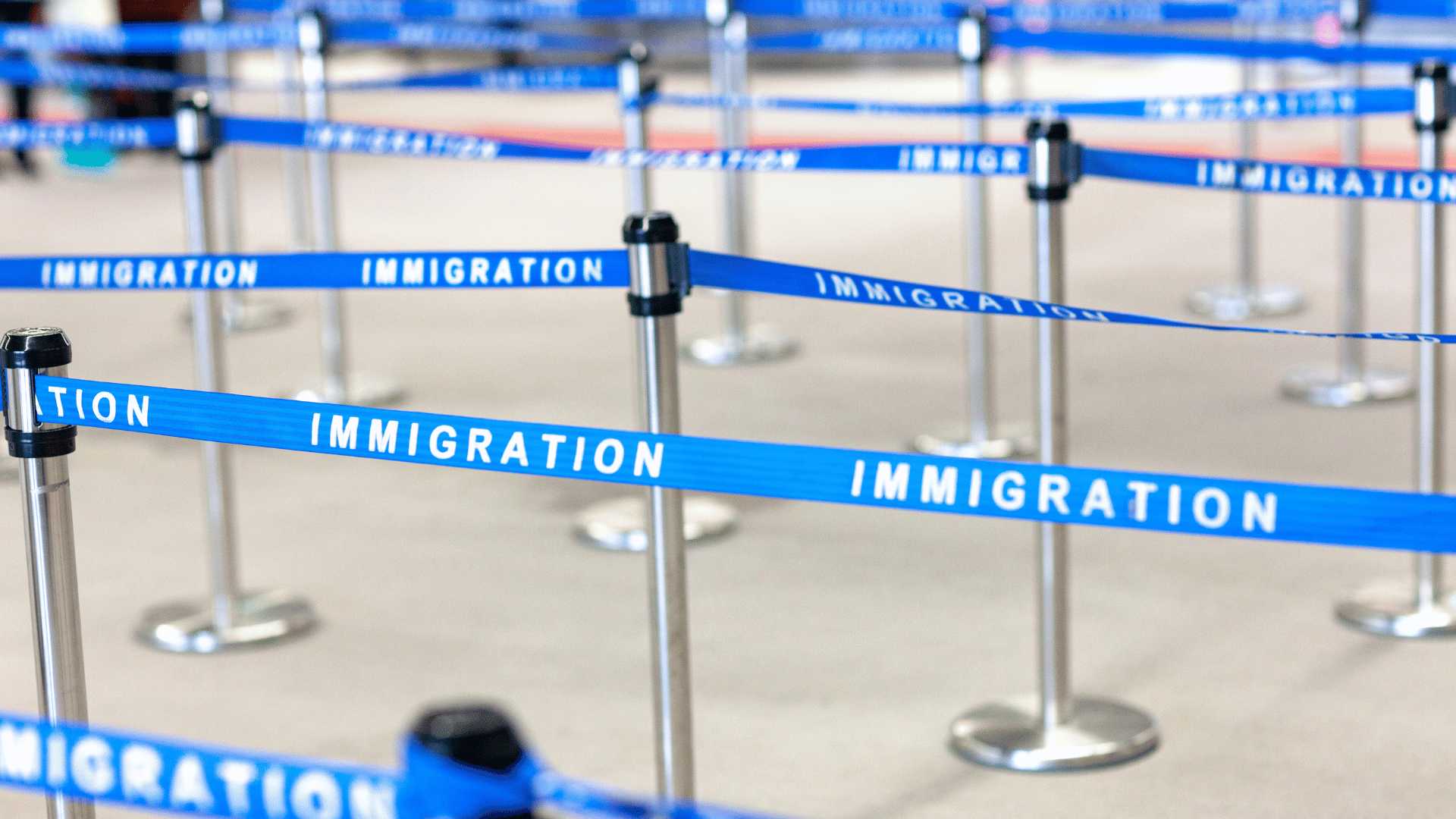The Philippine passport serves not only to lament Philippine citizenship but the passport photo also the key to exploring the globe for Filipino citizens. It is not merely a travel document but a symbol of identity and belonging. Whether you're planning a leisurely vacation, embarking on a business trip, or seeking new adventures abroad, understanding the ins and outs of the Philippine passport is essential.
In this article, we delve into its duration identification certificate of validity, necessary documentation, application procedure, and renewal process to equip all passport holder the information they need.
Duration of Validity
The duration of validity for a valid passport holds significant importance for travelers, dictating the length of time they can freely explore international destinations without the need for renewal. The standard validity period for adult passport holders, which spans ten years, provides a considerable window of opportunity for travel and engagement with global communities. This extended validity not only offers convenience for passport applicants, but also minimizes the frequency of renewal processes, allowing passport holders to focus more on their travel experiences rather than administrative tasks.
However, for minors below the age of 18, the passport's validity is typically shorter, lasting for five years. This practice ensures that the passport remains reflective of the child or passport holder's changing personal details and evolving identity. It also aligns with international standards aimed at safeguarding minors and ensuring that their travel documents remain up-to-date and relevant. Parents and guardians of minor passport holders must be mindful of the expiration dates to avoid any inconveniences during travel, as certain countries may impose stricter validity requirements for minors entering their territories.
By understanding the nuances of validity duration, Filipino travelers can effectively plan their journeys and ensure seamless travel experiences, whether for leisure, education, or professional pursuits, maximizing the utility for all Philippine passport holders.
Necessary Documentation
When applying for a Philippine passport, certain documents are required to establish your identity and citizenship. These typically include:
- Birth Certificate/Identification certificate: A copy of the Philippine Statistics Authority (PSA) issued birth certificate.
- Valid Identification Cards: Present one or two government-issued IDs such as a driver's license, SSS ID, or voter's ID.
- Marriage Certificate (if applicable): Married individuals must provide a marriage certificate issued by the PSA.
- Supporting Documents: Additional documents may be required for special cases such as late registration of birth, dual citizenship, or change of name.
It's essential to ensure that all documents are complete, valid, and in the required format before proceeding with the application.
Application Procedure
The application process for a Philippine passport can be completed through two main avenues: applying in person at a Department of Foreign Affairs (DFA) office or an online appointment through an authorized DFA-accredited agency. Here's a general outline of the application procedure:
- Set an Appointment: Schedule an appointment online through the DFA Passport Appointment System. Choose a convenient date and time for your personal appearance.
- Complete the Application Form: Fill out the passport application form accurately and completely. You can download the form from the DFA website or obtain it from the application site.
- Gather Required Documents: Prepare all necessary documents as outlined earlier in this article.
- Personal Appearance: On the scheduled date, visit the DFA office or accredited agency for your appointment. Submit your application form and documents, have your photo and biometric data taken, and pay the passport processing fee.
- Claiming Your Passport: After the processing period, return to the DFA office or agency to claim your passport. Bring the official receipt and a valid ID for verification.
Renewal Process
Renewing your Philippine passport follows a similar process to the initial application. However, there are some differences, particularly regarding the required documents. Here's an overview of the new passport renewal process:
- Check Passport Validity: Determine when your passport will expire and plan your renewal well in advance to avoid any travel disruptions.
- Schedule an Appointment: Use the DFA Passport Appointment System to book an appointment for passport renewal.
- Prepare Renewal Requirements: Prepare the necessary documents for renewal, which typically include the old passport, a completed application form, and valid identification.
- Personal Appearance: Visit the DFA office or accredited agency on your scheduled appointment date. Submit your documents, have your biometric data captured, and pay the renewal fee.
- Claim Your Renewed Passport: Return to the DFA office or agency to claim your renewed passport on the specified date. Bring the official receipt and a valid ID for verification.
Lost or Stolen Passport: What to Do
Losing a passport, whether through misplacement or theft, can be a distressing experience for any traveler. In such unfortunate circumstances, swift and decisive action is crucial to mitigate potential risks and expedite the process of securing a replacement passport. Here are the two things you need to do:
Report the Loss or Theft
The immediate step upon discovering the loss or theft of your Philippine passport (or if it's an unclaimed passport) is to report it to the relevant authorities. Contact the nearest Philippine Embassy or Consulate General in your location and inform them of the situation. Provide detailed information about the circumstances surrounding the loss or theft, including the date, time, and location where it occurred.
Reporting the incident promptly enables embassy officials to flag your passport as lost or stolen in their system, preventing its unauthorized use and protecting you from potential identity theft or fraudulent activities.
Apply for a Replacement Passport
After reporting the loss or theft, you must initiate the process of obtaining a replacement passport. Visit the nearest Philippine Embassy or Consulate General and follow their instructions for passport replacement. You will likely need to complete a Lost Passport Affidavit and provide supporting documentation, such as a police report and proof of identity. The embassy or consulate will guide you through the necessary steps and requirements for obtaining a new passport.
Additionally, it's essential to keep copies of all relevant documents and maintain open communication with embassy officials throughout the process to ensure a smooth and expedited resolution. While losing a passport can be an inconvenience, prompt action and cooperation with authorities can help minimize the impact and facilitate the issuance of a replacement (for overseas, it will be taken care of philippine foreign service post), allowing you to resume your travel plans with minimal disruption.
The Philippine passport is not just a travel document; it represents freedom, opportunity, and the Filipino identity. Understanding its validity, necessary documentation, application procedure, and renewal process is crucial for hassle-free travel experiences. By following the outlined steps and ensuring compliance with requirements, Filipino citizens can embark on their global adventures with confidence and peace of mind, knowing that their passport is their ticket to the world.
